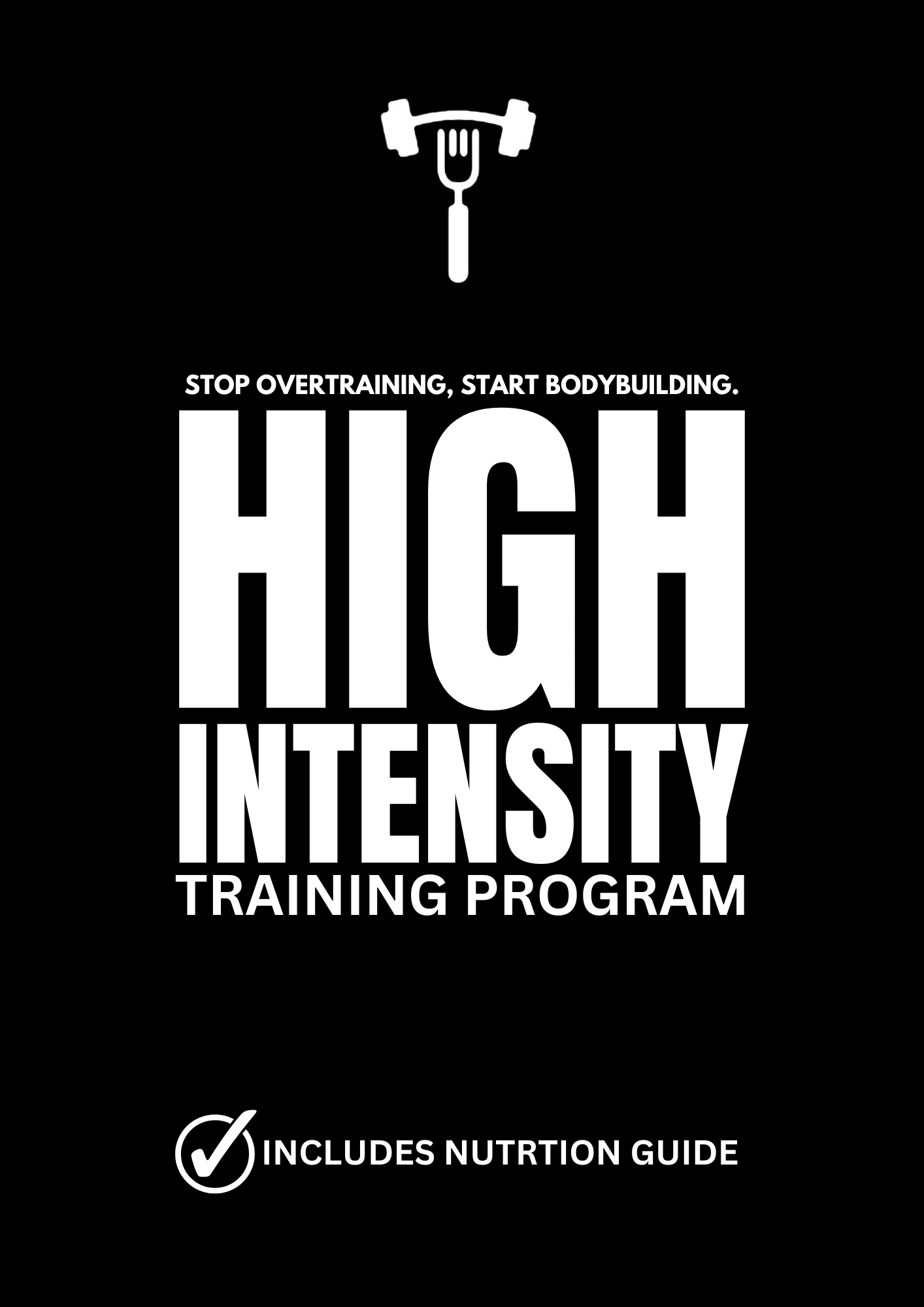Realistic Strength Standards for Every Training Level: From Noob to Freak

Setting realistic strength goals is crucial for progress and motivation in any training regimen. Whether you're a newbie stepping into the gym for the first time or a seasoned lifter aiming to reach elite status, understanding where you stand in terms of strength standards is essential. In this comprehensive guide, we'll break down strength standards for each category of training experience, offering insights and tips to help you progress efficiently.
Understanding Strength Standards:
Before diving into the specific categories, it's important to grasp the nuances of strength standards. Genetics play a significant role in one's strength potential, influencing factors like leverages, muscle mass, tendon resilience, and neural drive. While some individuals may have a genetic predisposition for rapid strength gains, others may progress more gradually. Additionally, technique, programming, and consistent training habits also contribute to strength development.
Noob (0-6 months):
For beginners in their first three to six months of training, the focus is on mastering fundamental movements and building a foundation of strength. Newbie men typically start with an empty bar or up to 135 pounds for squats and deadlifts and 45 to 95 pounds for the bench press. Women's starting weights may vary but should follow a similar progression. During this phase, prioritize learning proper technique and gradually increasing weights in the 3-6 rep range.
Beginner (0.5-2 years):
After six months to two years of consistent training, individuals transition to the beginner category. Male lifters should aim for a 1.25 times bodyweight squat, a 1 times bodyweight bench press, and a 1.5 times bodyweight deadlift. Female lifters should target comparable percentages based on their body weight. At this stage, focus on maintaining good form while steadily increasing weights, primarily in the three to six rep range.
Intermediate (2+ years):
Entering the intermediate phase, typically after two years of training, lifters may encounter their first plateau. Aim for a 1.25 to 1.75 times bodyweight squat, a 1 to 1.5 times bodyweight bench press, and a 1.5 to 2.25 times bodyweight deadlift. Implementing periodization techniques like daily undulating periodization (DUP) can help break through plateaus and stimulate continued progress.
Advanced (2-5+ years):
Advanced lifters, with several years of dedicated training, should strive for a 1.75 to 2.5 times bodyweight squat, a 1.5 to 2 times bodyweight bench press, and a 2.25 to 3 times bodyweight deadlift. Progression at this stage may require more nuanced programming, including specialization phases to address specific weaknesses and optimize performance.
Elite (5-10+ years):
Achieving elite status signifies reaching the upper echelon of strength, typically after five to ten years of disciplined training. Elite lifters aim for a 2.5 to 3 times bodyweight squat, a 2 to 2.25 times bodyweight bench press, and a 3 to 3.5 times bodyweight deadlift. Specialized training approaches and meticulous attention to technique and recovery are essential at this level.
Freak (5-10+ years):
Reserved for individuals with exceptional genetics and unparalleled dedication, the freak category represents the pinnacle of strength achievement. Freak lifters demonstrate superhuman abilities, often surpassing three times bodyweight squats, 2.25 times bodyweight bench presses, and 3.5 times bodyweight deadlifts. Only a select few ever attain this level of strength prowess.
Conclusion:
Setting realistic strength goals aligned with your training experience is crucial for long-term success in the gym. Remember that progress takes time, and each stage of the journey requires patience, consistency, and dedication. By understanding your current level and implementing effective training strategies, you can steadily progress towards your strength aspirations, whether you aim to become a seasoned lifter or a true strength freak.



